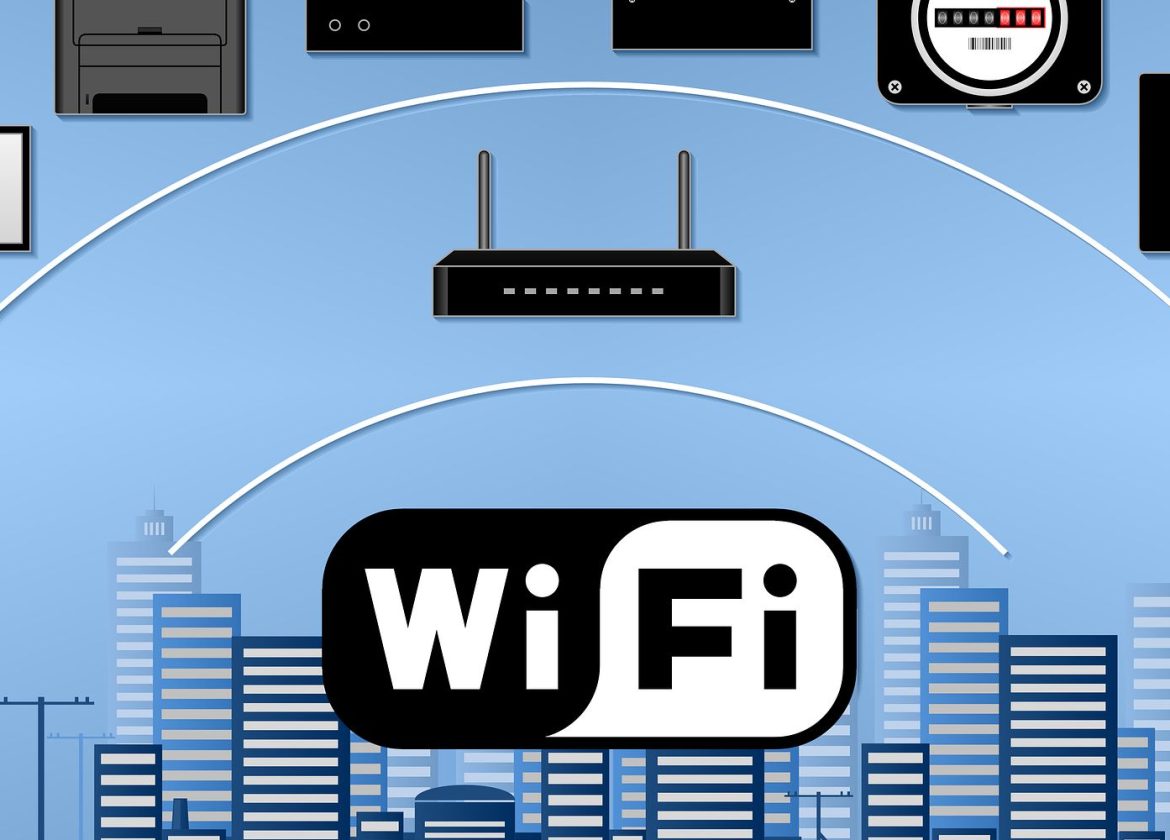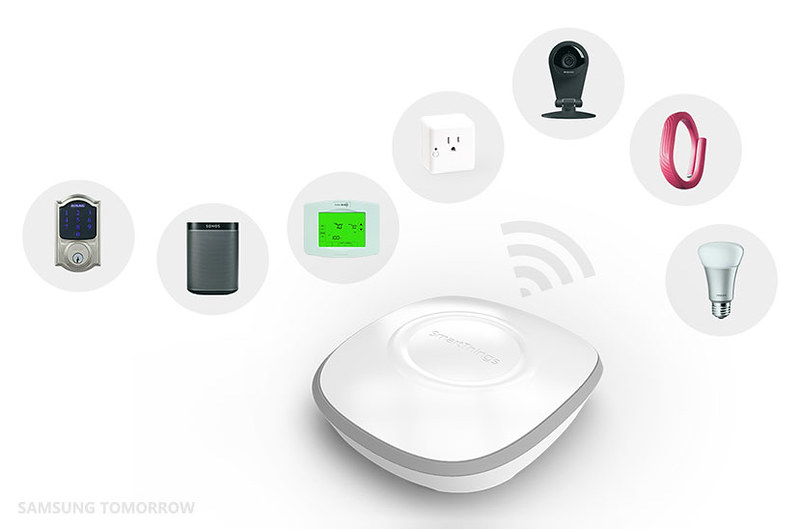In today’s interconnected world, Wi-Fi has become an essential part of our daily lives. From streaming videos and conducting online meetings to connecting smart devices and accessing the web, Wi-Fi is the invisible force that keeps us all connected. But have you ever wondered how this wireless technology works its magic? In this blog post, we’ll delve into the fascinating world of Wi-Fi and explain the technology that keeps us connected without the hassle of wires.
Understanding the Basics
Wi-Fi, short for Wireless Fidelity, is a technology that allows devices to connect to the internet or communicate with one another wirelessly over a local area network (LAN). It relies on radio waves to transmit data between devices. Unlike traditional wired connections, which require physical cables to transmit information, Wi-Fi uses radio signals to establish a connection.
Key Components of Wi-Fi
To understand how Wi-Fi works, it’s essential to familiarize ourselves with its key components:
Wireless Access Point (AP): An access point is a device that serves as the central hub for wireless communication. It connects to a wired network and broadcasts Wi-Fi signals to enable wireless device connectivity.
Wireless Router: A wireless router combines the functions of an access point and a router. It not only provides Wi-Fi access but also routes data between devices on the local network and the broader internet.
Wireless Network Interface Card (NIC): A wireless NIC is the component within a device (e.g., a laptop or smartphone) that allows it to connect to a Wi-Fi network.
SSID: The Service Set Identifier (SSID) is a name that identifies a specific Wi-Fi network. It is the name you see when searching for available networks on your device.

How Wi-Fi Works
Wi-Fi operates on the principles of radio frequency communication. Here’s a step-by-step breakdown of how Wi-Fi works:
Data Transmission: The process begins when a device, such as your smartphone, sends data (like a request to load a webpage) to the Wi-Fi adapter within that device. This data is then converted into radio signals.
Signal Modulation: Before being transmitted, the data is modulated, which means it’s encoded onto a radio wave. This modulation process alters the radio wave’s characteristics to carry the data efficiently.
Signal Transmission: The modulated radio signals are then transmitted through the device’s Wi-Fi NIC. These signals are sent to the nearby wireless access point, which acts as a receiver for these radio signals.
Access Point Reception: The wireless access point receives the radio signals and demodulates the data. This process extracts the original data from the radio waves.
Data Routing: Once the data is demodulated, the access point forwards it to the connected router. The router then routes the data to its destination, which could be another device on the local network or a server on the internet.
Internet Connectivity: If the data is destined for the internet, the router forwards it to the internet via an internet service provider (ISP). The ISP plays a critical role in connecting your local network to the vast network of servers and devices that make up the internet.
Return Data: The process works in reverse when data from the internet is sent to your device. The data from the internet is routed to your router, which then sends it to your wireless access point. The access point transmits the data as radio signals, which your device’s Wi-Fi NIC receives and demodulates.
Data Processing: Finally, the device processes the data, whether it’s displaying a webpage, streaming a video, or handling any other request or communication.
Wireless Communication Protocols
To ensure seamless communication and data transmission, Wi-Fi operates according to specific communication protocols. These protocols define the rules and standards for how devices exchange information wirelessly. Some common Wi-Fi protocols include:
802.11a/b/g/n/ac/ax: These are different generations of Wi-Fi standards, with each offering improvements in terms of speed, range, and reliability. The latest standard as of my last knowledge update is 802.11ax (Wi-Fi 6), which offers faster speeds and more efficient network management.
WPA and WPA2/WPA3: These are encryption standards that protect Wi-Fi networks from unauthorized access. They provide a secure way for devices to authenticate and connect to the network.
IEEE 802.1X: This standard is used for network access control, ensuring that only authorized devices can connect to the Wi-Fi network.
Wi-Fi Channels
Wi-Fi operates within specific frequency bands, and these bands are divided into channels. These channels help reduce interference from other nearby Wi-Fi networks and electronic devices. To achieve the best performance and least interference, Wi-Fi devices typically choose the least crowded channel in their range.




